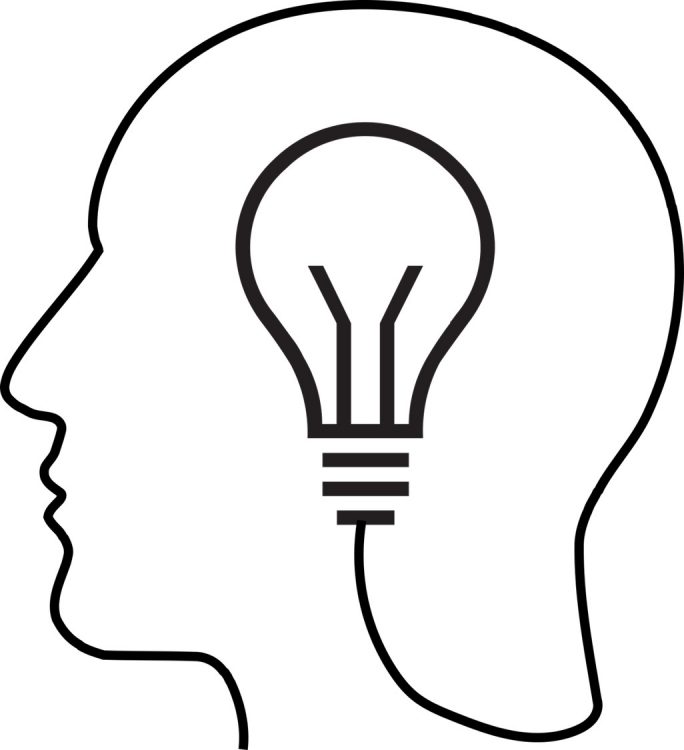How we make decisions: inferential reasoning in humans and mice
21 Oct 2020|David Dupret
- Research

Have you ever faced one of those situations where you are compelled to make an important decision, which you know is doable because it rings a bell from your own experience? Your first option would be to merely repeat actions that were profitable in the past and avoid those that led to unwanted consequences. Another option however, would be to work out a novel, possibly better, solution, by joining up memories of separate experiences and make an educated guess. In such a scenario, one may be tempted to confess: “This is interesting, let me sleep on it and I’ll get back to you tomorrow”.
This ability to make decisions by inferring logical relationships between things we have not directly experienced is critical for everyday behaviour. The other day, I was looking for my keys and I knew Sam took them. While searching for Sam, someone told me that Ben was in the library. I know that Sam and Ben always work together. So I could guess that Sam was in the library too. I was right and got my keys back! Until now, we didn’t know how cells in our brains supported this process of joining-the-dots between separate experiences to form such educated guesses. But this month, with a fantastic team of colleagues working at the University of Oxford, we report in the scientific journal ‘Cell’ a study using a cross-species approach that reveals the neuronal computation underpinning such inferential reasoning in humans and mice.
In these experiments, we asked human volunteers to play a virtual reality game where hearing various sounds (such as running water) first signalled the immediate display of some colourful pictures. Participants would then play another game where finding some of these colourful pictures would make them win money. Importantly, none of the sounds were directly experienced with winning money. Yet the volunteers began to guess that some sounds were linked to the prize and when they heard them, they would start looking for reward. We first used MRI scans on participants to pinpoint the computation that supports inferential choice to an area of the brain called the hippocampus, which we know plays a role in learning and memory.
But then, how to demonstrate causality? We recreated these experiments in mice by playing sounds before showing pictures made from LED lights. Then, in a second stage of the task, as for humans, the mice could find a reward of sugar water if some of these lights were turned on. Again, like the people, mice began connecting certain sounds with reward. By temporarily switching off the hippocampus in mice, we then demonstrated the causal role of this brain region in inferential choice.
So how does this work inside? In both humans and mice we recorded patterns of hippocampal activity that separately represented sounds, lights or rewards in this task. At the time of inferential choice, as humans and mice began to infer that a given sound was logically linked to the reward via a given light, we observed that the hippocampus began to represent these cues in that same order. Notably in mice, we then kept monitoring hippocampal activity during rest after the task was complete and we saw that the mice’s brains began jumping over the intermediate ‘light’ step. That is, the ‘sound’ brain cells became active with the ‘reward’ brain cells; thus joining the dots between the sound and the reward events while these were not directly experienced together.
Helen Barron, who led this research project funded by the Medical Research Council (MRC), part of UKRI, and the Wellcome Trust said that: “Our results suggest that periods of rest and sleep play an important role in creativity, where we draw insight from previous experience to come up with original ideas.” Now we all know a bit better how the mammalian brain can provide insight when we make important decisions. You will find more about this work here.
Category: Research
Author

David
Dupret
Professor David Dupret teaches Systems Neuroscience (undergraduate) and Neurophysiology.